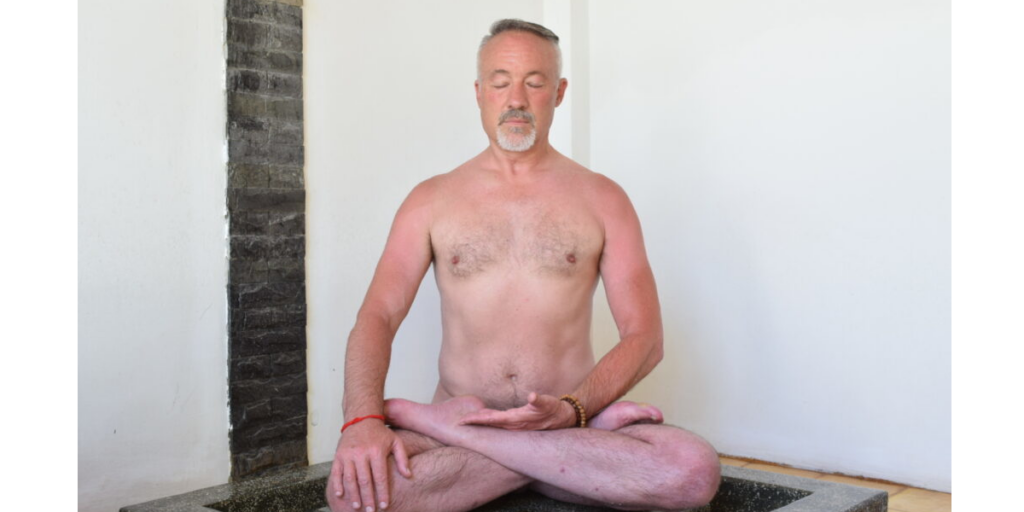Building Your Physical Practice in Yoga

Before you begin any new program of exercise safety is always the biggest concern. Even though for most healthy men yoga is a safe non-aerobic form of exercise, it is not without its risks. According to the American Academy of Orthopedic Surgeons, the yoga injuries most commonly treated in emergency rooms involve overstretching and strain from repetition to the: neck, shoulders, spine, legs, and knees.
Also, certain poses can increase your risk of injury if you have conditions such as: severe osteoporosis, high or low blood pressure, ear problems or problems with your spine.
Here are some tips to help you reduce your risk of injury from yoga:
If you have a pre-existing health condition: Consult your health care provider before starting a yoga program. Your health care provider can help you know how to judge what type and level of yoga exercise is safe for you.
Don’t try learning yoga on your own. Work with an experienced and credentialed instructor to learn the proper way to perform the exercises and avoid injury.
Yoga is not a substitute for medical care. Yoga offers many health benefits and may even be included as part of some treatment plans. But it’s still important to work closely with your regular health care providers and get proper treatment when you need it.
Know your limits
Know your limits and stay within them. Before beginning any new type of yoga, ask about its physical demands. Find out how strenuous it is. Talk with the instructor and others who do that type of yoga to be sure it’s suitable for you.
Go slow. You’re not in competition with anyone else in the class. Learn the basics, such as proper breathing and how to maintain balance, before you attempt the more ambitious stretches.
Warm up properly before every session. Cold muscles increase your chance of injury.
Ask Questions
Ask questions. If you don’t understand an exercise, ask to see it again before you attempt it yourself,
Stay hydrated. That’s especially important if you are practicing what’s called “hot” yoga, which is done in a very warm and humid room.
Pay attention to what your body is telling you. Yoga isn’t supposed to hurt. If you feel pain, stop. If the pain persists, see your health care provider. Stop immediately if you have chest pain, feel faint or overheated, or become dizzy. Get immediate medical help if the sensation continues after you stop.
Your physical practice will consist of four parts. First is your breath and for your practice is one of the most important parts of Yoga. Next will be your Sun Salutations. These are a series of Asanas (poses) that are put together in a Vinyasa (flow) to create a warmup to get your body ready for the main part of your Yoga workout. The largest part of your Yoga practice comes next with your asana (pose) practice. Each Asana is a pose that can be held in position or connected to another with your breath to create a vinyasa depending on your goals and intention for study that day. Lastly is your time in Savasana or resting time to allow your body to process the work it has just done.





Thanks for the article… Its a great reminder for us to consider at the start of the year.